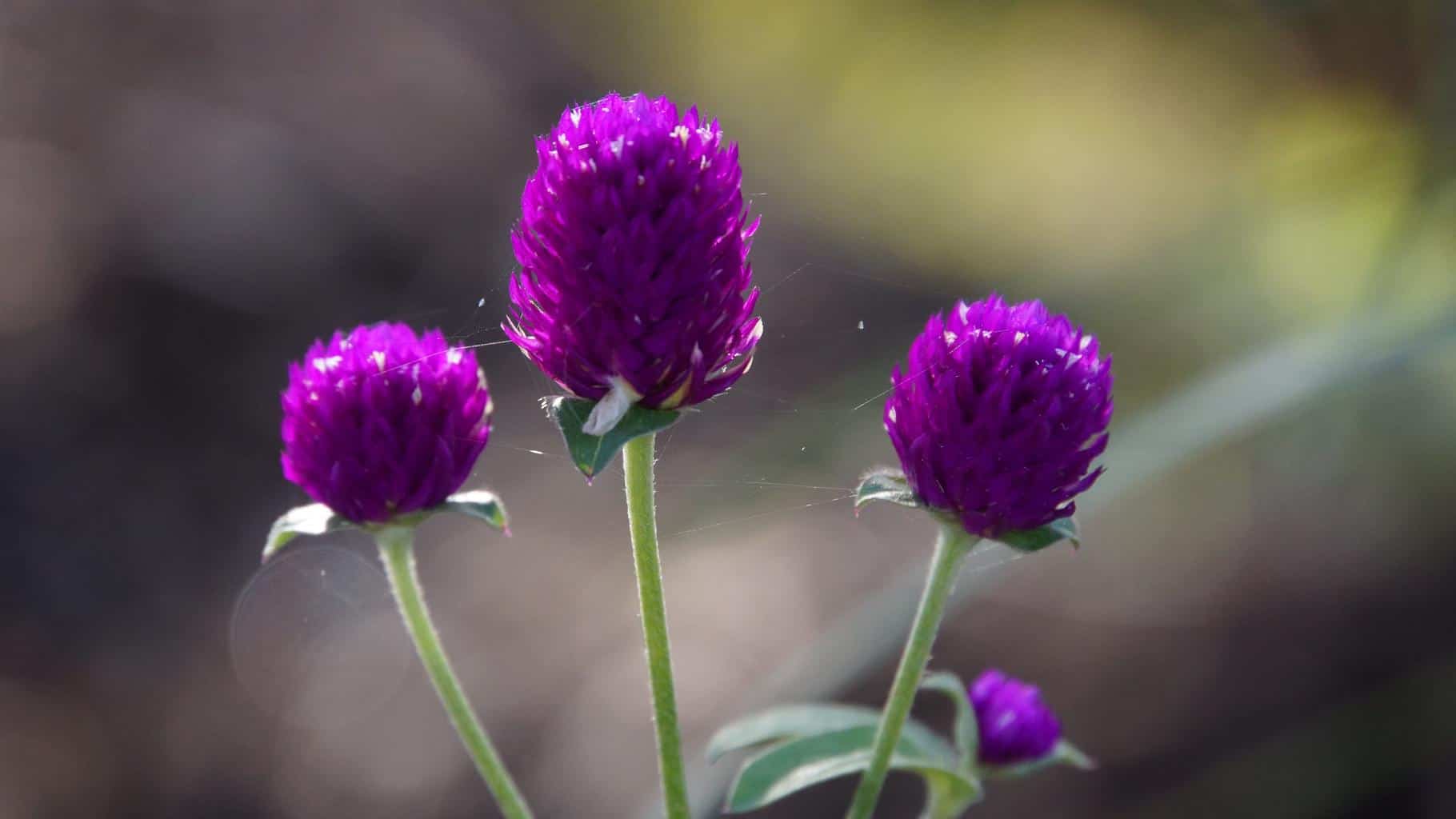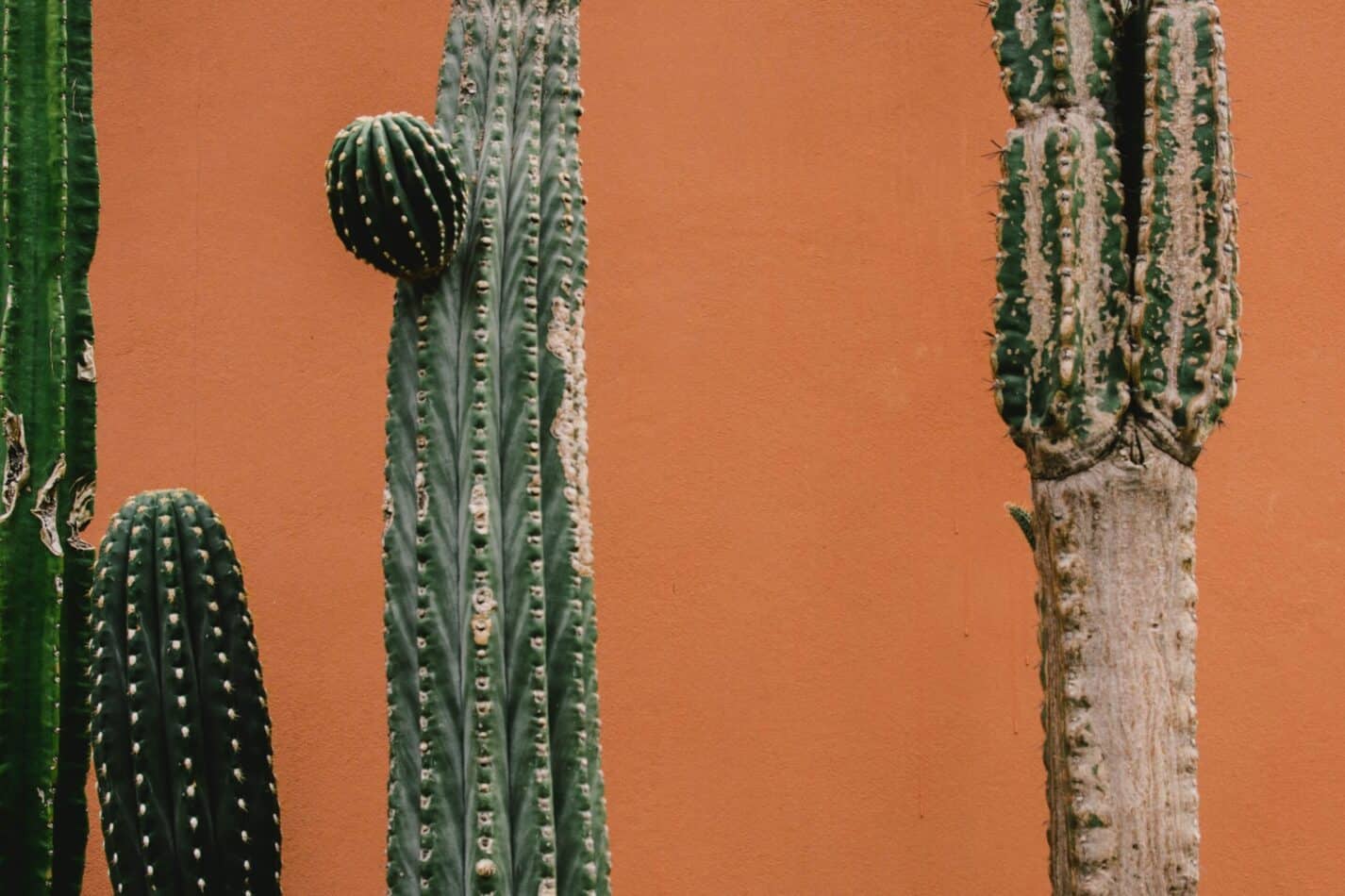Cliffbush is a bushy deciduous shrub that belongs to the Hydrangea family and grows to two meters tall. It produces fragrant white or pink wax-like flowers on panicles in late spring, adding visual appeal to any cottage garden. Native to western North America, this shrub makes a great addition to any garden due to its easy maintenance requirements.
This beautiful flowering shrub is suitable for both cottage gardens and more formal flowerbeds, and can easily be grown indoors or outdoors as long as it has access to waterproof and moisture-retaining soil and enough sunlight. Its attractive pink or white waxy flowers, together with its religious, mythological and symbolic significance make it a unique addition to any landscape.
How to Plant and Grow Cliffbush
Cliffbush performs best when planted in moist and well-draining soil in full sun or partial shade and protected from cold winds. It needs regular watering to thrive and may develop an excessive growth if the soil has a lot of nutrients. Fertilizing every few weeks during active growth is recommended for healthy and abundant flowering. To ensure a bushier growth, pruning at least once a year is also recommended.
Meaning and Symbolism
Cliffbush symbolizes protection, protection from danger and courage. Its fragrant wax-like flowers were once believed to provide protection against evil spirits and bad news. In some communities, the flower is a symbol of friendship and a token of congratulations for new beginnings.
History, Mythology, and Religious Significance
In the language of flowers, Cliffbush stands for strong friendship and long-lasting relationships. In classical mythology, Cliffbush is believed to be linked to Venus, the goddess of beauty and love. In many religions, the flower is a symbol of protection and purity. In Christianity, it is often used to decorate church altars and enhance spiritual ceremonies.
Flower Varieties and Their Defining Characteristics
There are several different varieties of Cliffbush. The most common varieties are the white or pink wax-like clusters of tiny flowers. These flowers can be single, double, or triple.
The ‘Luna’ variety produces clusters of small bell-shaped white flowers with a hint of yellow in the center. The ‘Rosalie’ variety features round clusters of soft-pink flowers and is an excellent choice for a traditional garden. The ‘Bonfire’ variety is a little more exotic with its deep, rich red-purple blooms.
How to Pot and Repot
When planting Cliffbush, it’s important to start with a well-draining potting soil and a pot that is large enough to accommodate the roots and the growth of the plant. Before planting the seed, it is important to soak the seeds overnight to help increase germination. Once the seedlings appear, they should be transplanted into a larger pot filled with fresh potting soil. After repotting, water the plant and make sure the soil is kept moist but not oversaturated.
How to Prune
Pruning your Cliffbush is essential for ensuring a healthy and vibrant plant. Pruning should be done in early spring to promote new growth, and again after flowering to remove any dead or diseased branches. To prune the shrub, start by removing dead or diseased branches. Then, carefully snip off any squeezed or overcrowded stems, and shorten back any tall or leggy stems.
How to Propagate
Propagating Cliffbush is easy and can be done in a matter of weeks. A few basic supplies such as potting soil, a pot, a sterile knife, and a rooting hormone are all that is required. Start by preparing the soil and potting the cuttings into the pot. Then, take a sterile knife and make a slanting cut into the stem, making sure to remove the leaves at the lower part of the stem. Dip the cuttings in a rooting hormone and then place in the prepared potting soil. Water the cuttings regularly ensuring that the soil remains moist but not soggy.
Common Pests and Diseases
The most common pests that affect Cliffbush are aphids and spider mites. These pests can be controlled by spraying the plant with a solution of neem oil or insecticidal soap.
The most common diseases that can affect Cliffbush are fungal diseases such as root and stem rot, powdery mildew, and leaf curl. These diseases can be prevented by avoiding overwatering and pruning back any infected areas.
Frequently Asked Questions
Q1: How quickly does Cliffbush grow?
A1: Cliffbush tends to grow at a medium rate of about twelve inches per year.
Q2: What type of sunlight does Cliffbush need?
A1: Cliffbush needs bright direct sunlight for maximum flowering and growth.
Q3: How deep should I plant the roots of the Cliffbush?
A3: The roots of the Cliffbush should be planted deep enough that they are below the surface of the soil.
Fact Sheet
| Cliffbush | Jamesia Americana |
|---|---|
| Family | Hydrangeaceae |
| Plant Type | Perennial |
| Mature Size | 2 m tall |
| Sun Exposure | full sun or partial shade |
| Soil Type | Moist, well-draining soil |
| Soil pH | 6.5-7.5 |
| Bloom Time | Late spring |
| Flower Color | White or pink waxy flowers |
| Hardiness Zones | 3-9 |
| Native Area | Western North America |
What we love from Amazon this week
Buy these wonderful flowers directly from Amazon:















